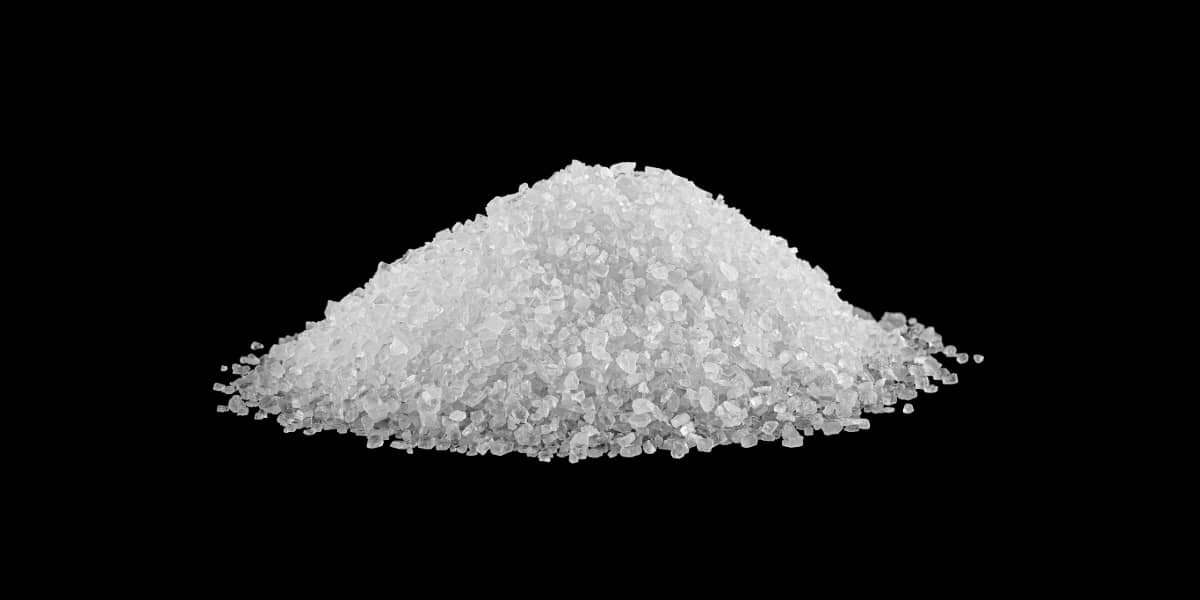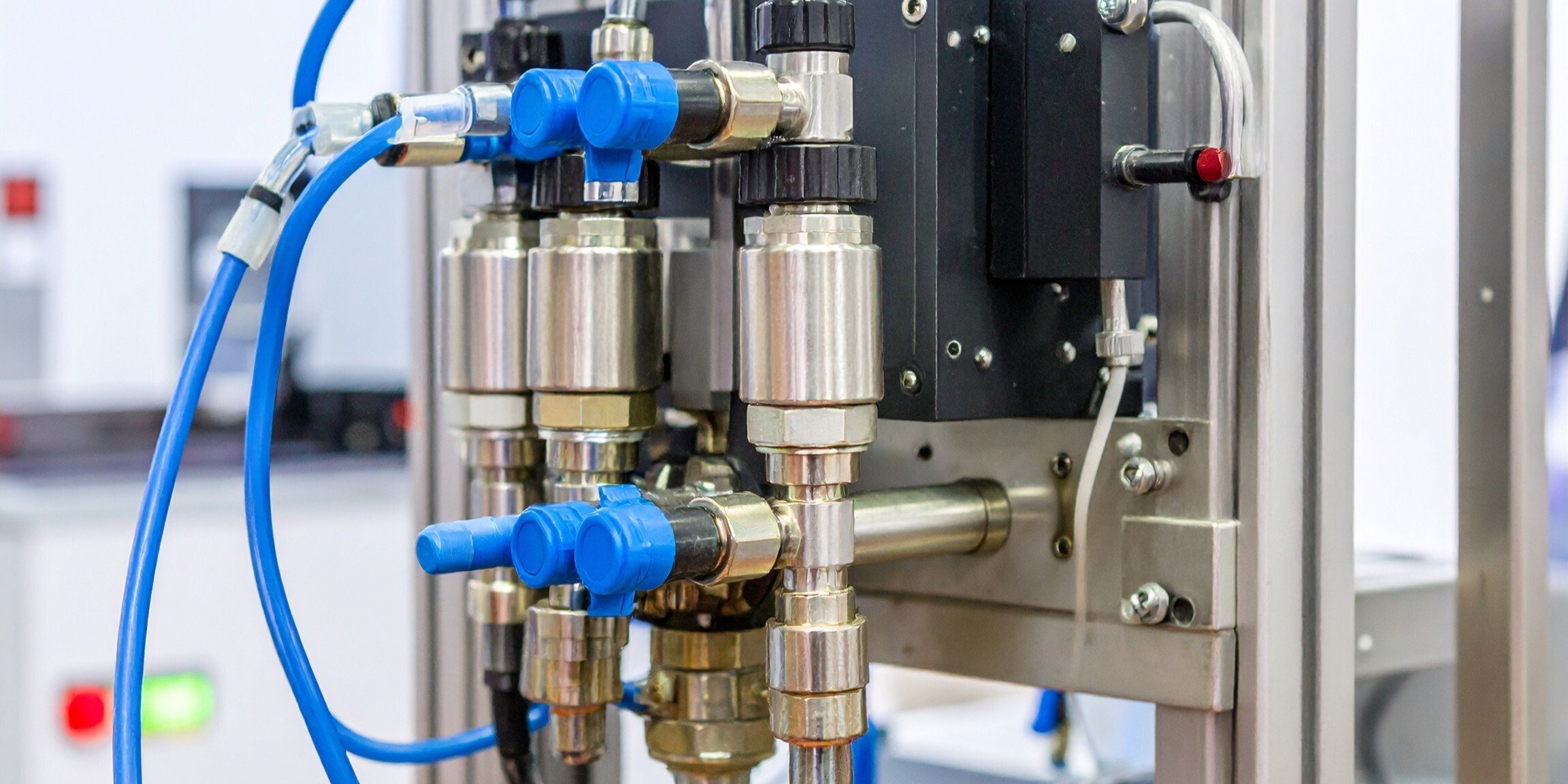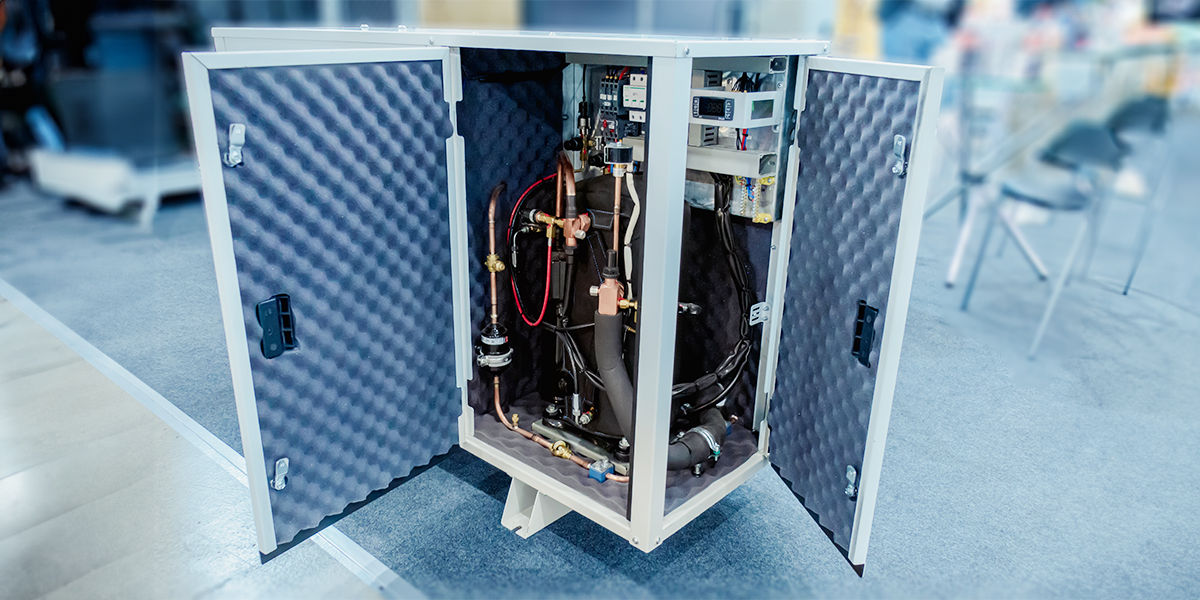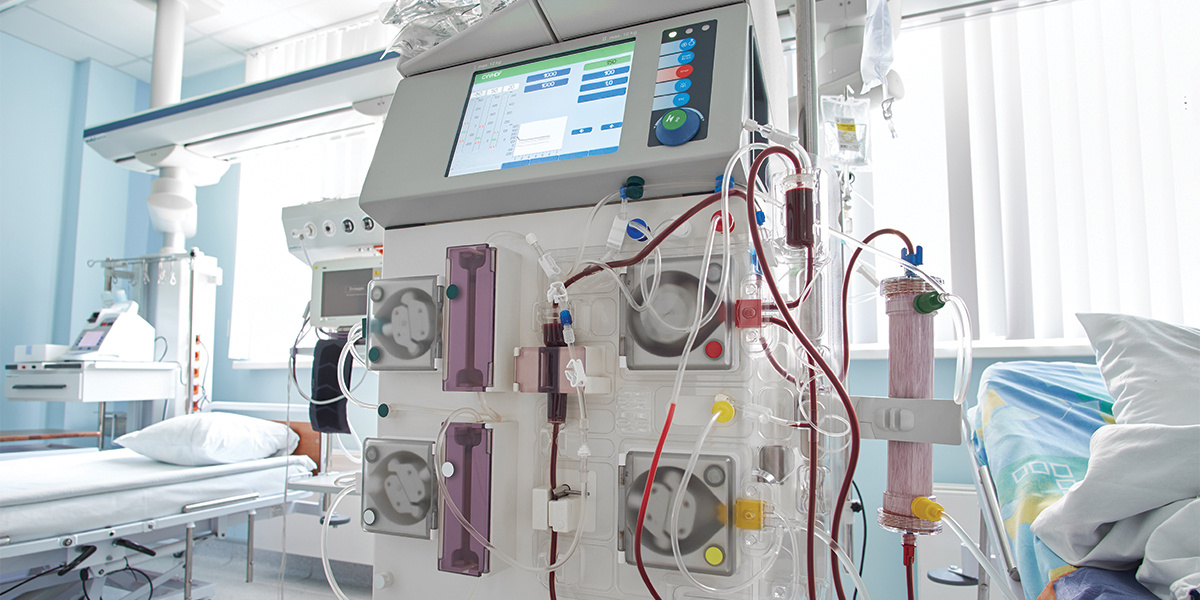Why Tubing and Port Size Matter in OEM Pump Designs
Key Takeaways: Tubing and port size directly affect flow rate, pressure stability, and dosing accuracy, making them critical for precision fluidic...
2 min read
Patrick DeRuvo & Andrew Pacelli : 5/3/22 1:03 AM

Under certain conditions, a liquid solution will begin to form solid crystals. This typically occurs under the right combination of environmental conditions and other factors, such as air contact. Crystallizing fluids are a persistent challenge in many life science OEM and laboratory research applications since they are difficult to process via conventional equipment. That's why it’s important to have a pump that can handle them with ease.
Pump users are increasingly facing crystallization issues not only with standard high-salt fluids, but also with more diluted solutions that usually don't form deposits. As a precaution, many industry professionals use buffer solutions in their equipment to maintain a stable pH value of the fluid being mixed in with the buffer.
However, this practice alone is not always sufficient. If crystallization were to occur within the pump, it could lead to an assortment of issues:
To solve these issues, we need to examine what causes fluids to crystallize in a pump.
Temperature changes, pressure variations, contact from another element (like the inner pump materials), exposure to air, mechanical stress, and vibrations are all factors that can induce fluids to crystallize. Air has an especially accelerated tendency to dry out fluids and cause rapid precipitation.
Crystallizing fluids are a common cause of concern in many applications. Dialysis instruments process heavily concentrated dialysate that tends to crystallize very easily. Sodium hypochlorite, often metered for disinfectant and bleaching agents, is prone to becoming supersaturated in closed systems and crystalizes in cooler temperatures. Hardwater, saltwater, and saline solutions used in industrial, environmental, and medical applications are also more prone to crystallizing due to salt's strong ionic bonds.
While fluid crystallization can seem unavoidable, there are certain steps that can be taken to reduce the likelihood of this unwanted occurrence.
Fluid Metering has developed some effective solutions to prevent and mitigate problems caused by crystallizing fluids. These include:
These customized configurations have a proven success rate for mitigating seepage and eliminating crystallization.
Don't let crystalizing fluids form a barrier between you and desired outcomes! Get in touch with one of our engineering experts for the latest fluid handling advancements and customized solutions. We can help troubleshoot issues you’re currently having or give you a head start on your new application. For more information and to find pumps that meet your specific fluid needs, contact the engineering experts at Fluid Metering today.

Key Takeaways: Tubing and port size directly affect flow rate, pressure stability, and dosing accuracy, making them critical for precision fluidic...

1 min read
Key Takeaways: In low-noise microfluidic pump applications, such as home dialysis or dental devices, reducing vibration and acoustic output is...

4 min read
Key Takeaways: In dialysis and life science systems, low-noise motor technology for medical devices—such as Field-Oriented Control (FOC)...